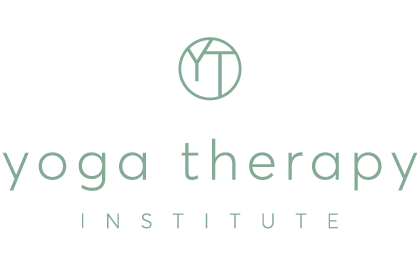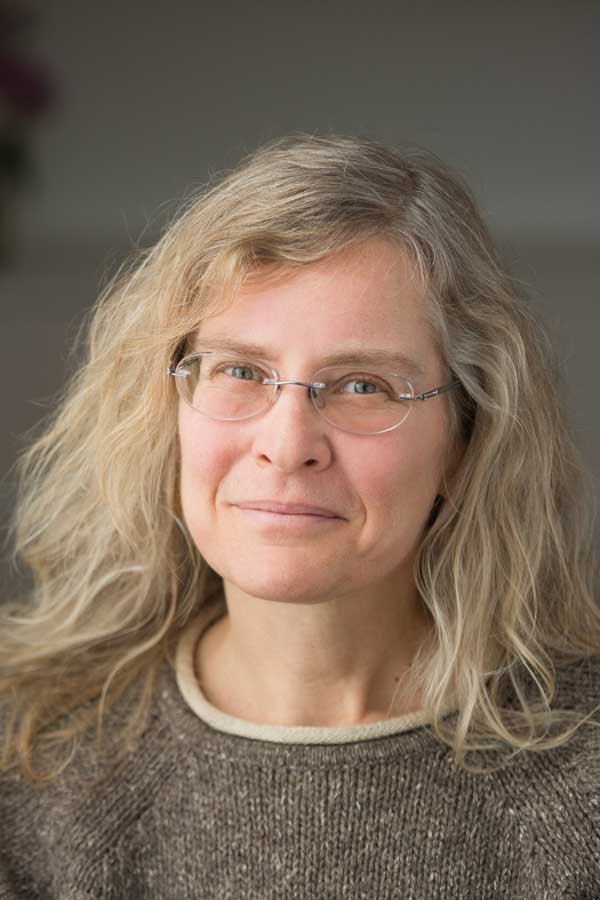Dr. Claudia Welch speaks on Women’s Health
How would you describe the general current state of women’s health?
Some years ago I read this New York Times headline: ―The New Modern Woman, Ambitious and Feeble.‖ It suggested that heroines of some very popular television were ambitious, neurotic, and confused. And that women were finding these heroines worthy of emulation. While it may not be that this archetype fits all of today’s women, it can often seem to carry more than a little accuracy, not only for many women, but also for the current condition of the world.
When we outspend our physical, emotional and spiritual resources, we put ourselves in peril. When power, money, or anything else, that we have the natural energy and stamina to maintain, then healthy physiology and hormonal balance takes a beating. When this goes on for a long time, we begin to see problems with the menstrual cycles, thyroid health, heart disease, osteoporosis, and a smorgasbord of other disorders.
It is possible to restore balance by, among other things, introducing more nourishment in our lives. This nourishment can come from a freshly cooked meal, keeping pleasant company, through meditation or contemplation.
What do you think is the main cause of women’s disorders today?
Pursuing professional ambition to exclusion of self-care as well as consideration for others and our planet. One of my teachers used to say, ―Ambition is the thief of the spirit.‖ Western culture appears to have a love affair with ambition and it seems the cost of pursuing it is often great. When the spirit is sacrificed in pursuit of ambition, our energy is also spent in that pursuit and there is not enough left over to fuel or nourish the body adequately. This leads to stress and to hormonal imbalance and, in extreme cases, emotional, physical or spiritual bankruptcy.
What is the main thing a women can do to restore hormonal balance?
There is no one thing. Lifestyle and diet are two main things and, when you think about it, that pretty much covers every waking minute, since what we eat and what our habits are consume every waking moment. So the one thing a women can do, really, is to change her life.
This sounds daunting and, it often is. And if your life, health and relationships are exactly what you want them to be, then there is no reason to change your life. If, however, you have signs of hormonal imbalance, physical disorder, emotional distress or spiritual hollowness, then why not change your life?
Sometimes women feel that, if they change their lives, the whole world will come crashing down around them, so they feel trapped into staying put and attending to what seems like their duties. I have observed that it doesn’t always take courage to live a life you don’t want to be living. That often requires a sense of dogged responsibility. What does take courage it to change.
When we consider beginning to live the lives we truly want to be living, it does feel tremendously daunting sometimes. But I think it can feel more daunting than it actually is. It has been my experience with myself and my patients that, when we do start to change, the world, in fact, goes on just fine (or at least limps along as well as it usually does) without our participation in events or tasks that we didn’t want to be doing in the first place.
If you are not sure how you want to live, but you have a pretty good idea of how you don’t want to live, and you see elements of your life that don’t serve your well being, it is sometimes possible to start by cutting out one of those elements.
It has been my experience that, when we make one change and watch what happens, we notice that we are happier, that we pass on that greater equanimity to family, friends and colleagues around us, and that life in general actually improves a little. This gives us the faith we may need to make the next change. Little by little, as each change yields positive results, instead of the catastrophic ones we predicted, and as quality of life and relationships improves, we develop the faith necessary to live in a way that is more healthy and satisfying for us individually and perhaps for our communities and for the planet.
One change that might be beneficial for many women, without changing what they are doing, is simply slowing down the pace of what they are doing. Walking a little slower sometimes, driving a little slower, eating a little slower and breathing a little slower; and see what happens to the quality of life.
In Balance Your Hormones, Balance Your Life, you seem to correlate many different women’s health concerns with the same root cause of stress. How can one factor manifest in such variety of disorders?
When acid rain or toxic runoff or industrial waste pollutes water sources and soil, this can damage or destroy many species of plants and animals. If an environment is polluted, anything that exists within that environment is threatened. In the same way, in the human body, if its organs and tissues are constantly being irrigated with good quality and quantity of nourishment, they have a good chance of developing well and maintaining good health. If they are irrigated with poison, they suffer. Sometimes stress hormones act as poison. When we live a chronically stressful life, we chronically irrigate our organs and tissues with stress hormones. In excess, these hormones have a detrimental effect on physiology.
While there are certain organs or tissues that are more likely to be damaged by chronic stress, it is not always the same for everybody. Often the ―weak links‖ in the body are affected and each of us has our own personal weak link –or links. For example, if I used to drink heavily, my liver may be a weak link for me. If I tend toward poor digestion, that may be my weak link. Whatever the weak link, it tends to be troubled sooner than other, tougher organs and tissues. So the same catalyzing factor—in this case stress—can manifest differently in different people.
Another way to look at this is simply balance. To employ another metaphor from nature, when there is not a good balance between sunshine and rain, crops suffer. Whatever plants relied on that balance will be affected, no matter what their species. There needs to be both sun and rain. Similarly, the body requires both stimulating and stabilizing forces. When stress hormones –which are stimulating and motivating to the system—are chronically high, they overpower the body’s nourishing and building forces and the body’s balance becomes disturbed. This yields a terrain that favors disorder and that is hostile towards health. In this case, instead of a variety of plants becoming affected, we have a variety of organs, tissues and systems in the body that become adversely affected. So many effects can result from the same cause.
How did you come to specialize in women’s health?
According to the medicines of the Orient, the universe is in fact, not a bunch of isolated things bumping around. We are in fact in dynamic relationship with each other and with the world around us. In Eastern medicine, it is said that any microcosm is a window into and a reflection of the macrocosm. It just so happens that I often find myself studying the microcosm of women’s health. It’s hard not to, as most patients who seek help from complementary medicine are women. Anybody who practices alternative medicine probably finds themselves specializing in women’s medicine.
How long did you work on the book?
About a decade. Of course, I wasn’t getting paid to write this, so my paying jobs took precedence—as did many other things—so the book regularly got relegated to the back burner, often for months. In the end, this was probably a good thing, because as time went on, I would read research that would support or shed more light—or different light—on something I’d started to write and I could incorporate that. It was pleasant not to have the pressure of a deadline.
Where did the idea originate?
When I began to teach women’s health in a College of Chinese Medicine, I also had a busy private practice. So many of my patients were trying to understand what was going on with their hormones and how taking either synthetic or ―natural hormones would affect them.
I had not been able to form any comprehensive understanding of hormones from either Ayurveda or Chinese medicine, neither of which discuss hormones directly. I also found the western research and science to be positively confounding. I found no path that had been cut that led to any clarity.
So I dove in and learned as much as I could and, little by little, a pattern emerged. It was a pattern that took Western medicine’s knowledge of individual hormones, where they are produced and what their functions are, and placed these isolated lists and data, into a framework within which they could be understood—a framework provided by Chinese Medicine and Ayurveda. I began to use this perspective as a basis for understanding, treating and teaching hormonal balance. I found it so practically useful that I began to write.
Once I wrote about the hormones, it seemed natural to write about how this perspective applies to women’s health concerns and how lifestyle and diet can remedy the most common issues that women have. So these made their way into the book too.
Did the book involve special research?
It involved researching principles and knowledge from three medical traditions; Ayurveda and Chinese Medicine, which have stood the test of time, being thousands of years old, and Western science, which has the ability to peer into the body and describe what it sees in new and useful ways.

